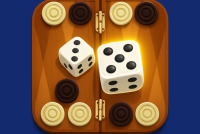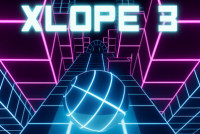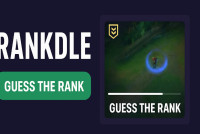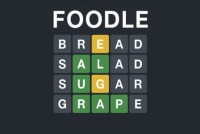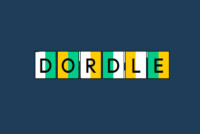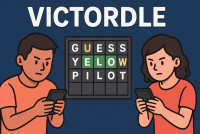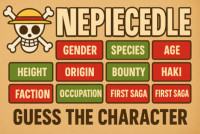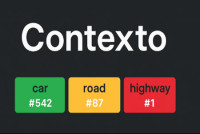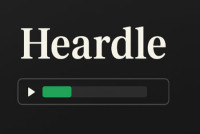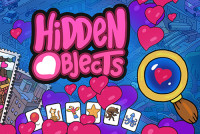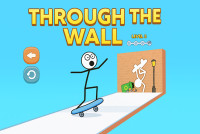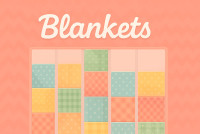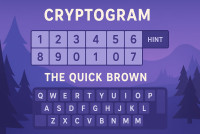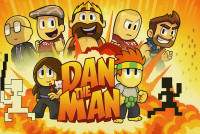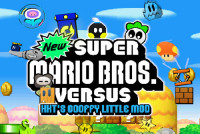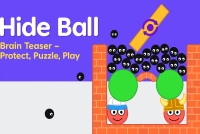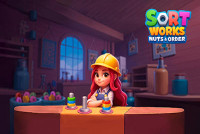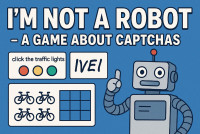Connections
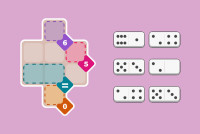
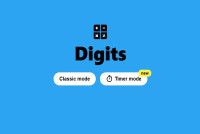
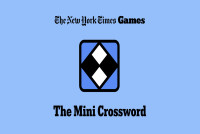

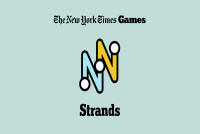
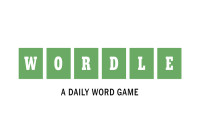
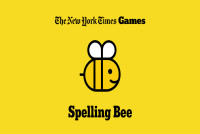
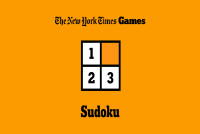
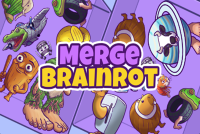
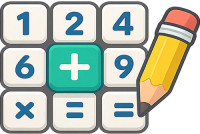
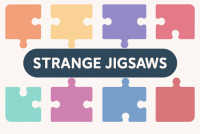
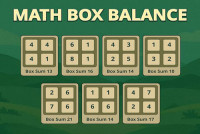
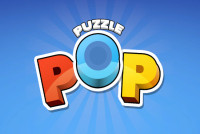

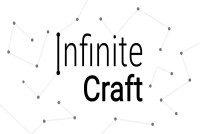


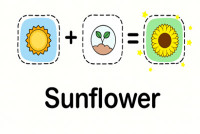
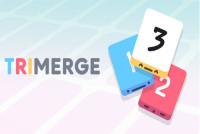
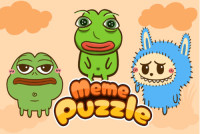
About Connections
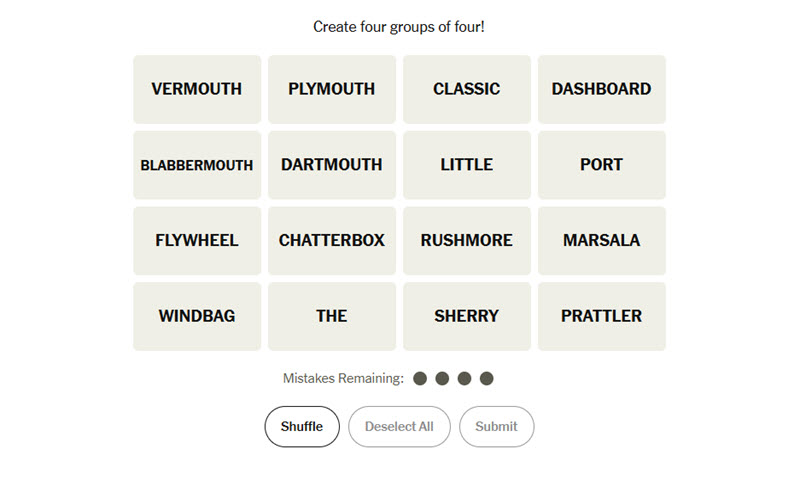
Some games hook you because they’re complicated. Connections hooks you because it pretends to be simple. You’re given sixteen words. That’s it. No timer, no long instructions. Just sixteen words staring back at you, waiting for you to spot the hidden groups of four.
At first, you might breeze through. Rose, Daisy, Tulip, Sunflower? Easy - flowers. Done. Then things slow down. Maybe you see Mercury, Venus, Mars, Saturn, and think, "planets, nailed it." But what about when you hit words like Pitch, Note, Scale, Key? Do they belong together as music terms, or is one secretly part of another group? That’s where Connections gets tricky - the overlap is deliberate.
The Color Reveal
Each time you find a correct set, the game highlights it with a color:
Yellow feels like a warm-up lap, a quick victory.
Green takes more effort but still makes sense once you see it.
Blue requires sharper thinking or a wider base of knowledge.
Purple is where most players sweat it out - the hardest category, saved for last.
By the time you finish, you’ve not only solved a puzzle but also retraced your thought process through the colors.
Why People Can’t Quit
The real fun of Connections isn’t just getting the right answer - it’s second-guessing yourself along the way. Words slip into more than one possible group, and you’re forced to rethink everything. The puzzle feels like it’s teasing you, daring you to notice what’s hiding in plain sight.
A Game of Patterns, Not Just Words
What sets Connections apart is that it doesn’t test how many words you know - it tests how well you can see relationships. Some themes are straightforward, like animals or food, while others lean into clever twists, pop culture, or even phrases. One day it might be things you can tie; another day, words that double as last names.
That’s the beauty of the game: every round feels different, and every round has only one solution. The challenge lies in finding it before the puzzle tricks you into chasing the wrong path.
If you like NYT games
Discuss: Connections
